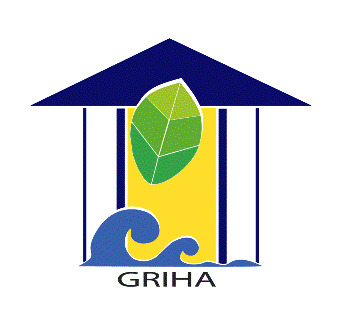Green Rating for Integrated Habitat Assessments (GRIHA) for Buildings
Organization
Type(s) of Tool
Sector(s)
Lifecycle Phase(s)
Open Source
Language Availability
Country of Origin
Date of Development
Version
Description
The Green Rating for Integrated Habitat Assessment (GRIHA) is India’s national framework for the assessment of environmental impacts of built environments with an individual version applying to new buildings and one for existing buildings (both starting at 2,500 sqm built-up area). For both versions, the net impact of buildings on quantitative and qualitative parameters is totaled and compared against a rating table, resulting in a sustainability certification. Thereby, the tool aims to support the reduction of detrimental impacts of buildings.
Tool Outcome
Depending on the total point score, buildings receive a sustainability rating of one to five stars.
Sustainability Criteria
The sustainability of new buildings is assessed across a broad set of criteria clustered in eleven categories:
– Sustainable site planning (3 criteria)
– Construction management (3 criteria)
– Energy efficiency (3 criteria)
– Occupant comfort (3 criteria)
– Water management (4 criteria)
– Solid waste management (2 criteria)
– Sustainable building materials (3 criteria)
– Life cycle costing (1 criterion)
– Socio-economic strategies (4 criteria)
– Performance metering & monitoring (3 criteria)
– Innovation (1 criterion)
For existing buildings, the sustainability is assessed across six categories:
– Site parameters (2 criteria)
– Maintenance & housekeeping (2 criteria)
– Energy (2 criteria)
– Water (2 criteria)
– Human health & comfort (2 criteria)
– Social aspects (2 criteria)
Link to Product
Manual for Existing Buildings | https://www.grihaindia.org/sites/default/files/pdf/Manuals/GRIHA_EB-Manual.pdf

